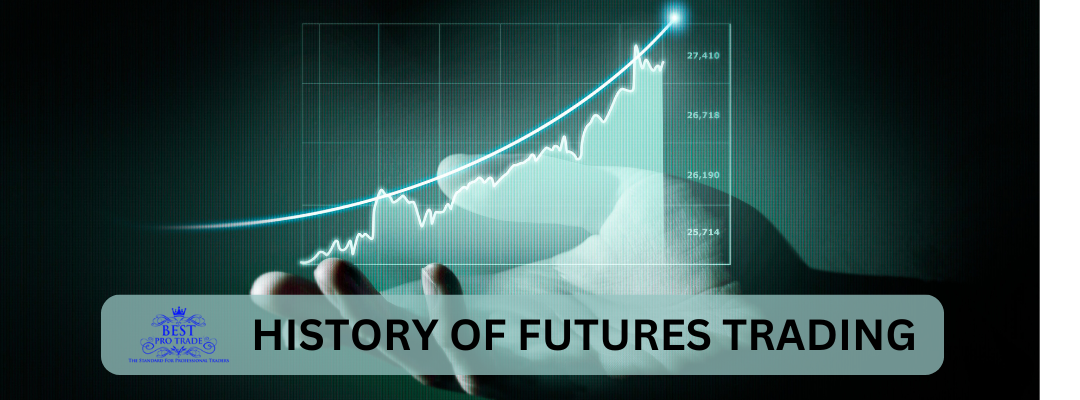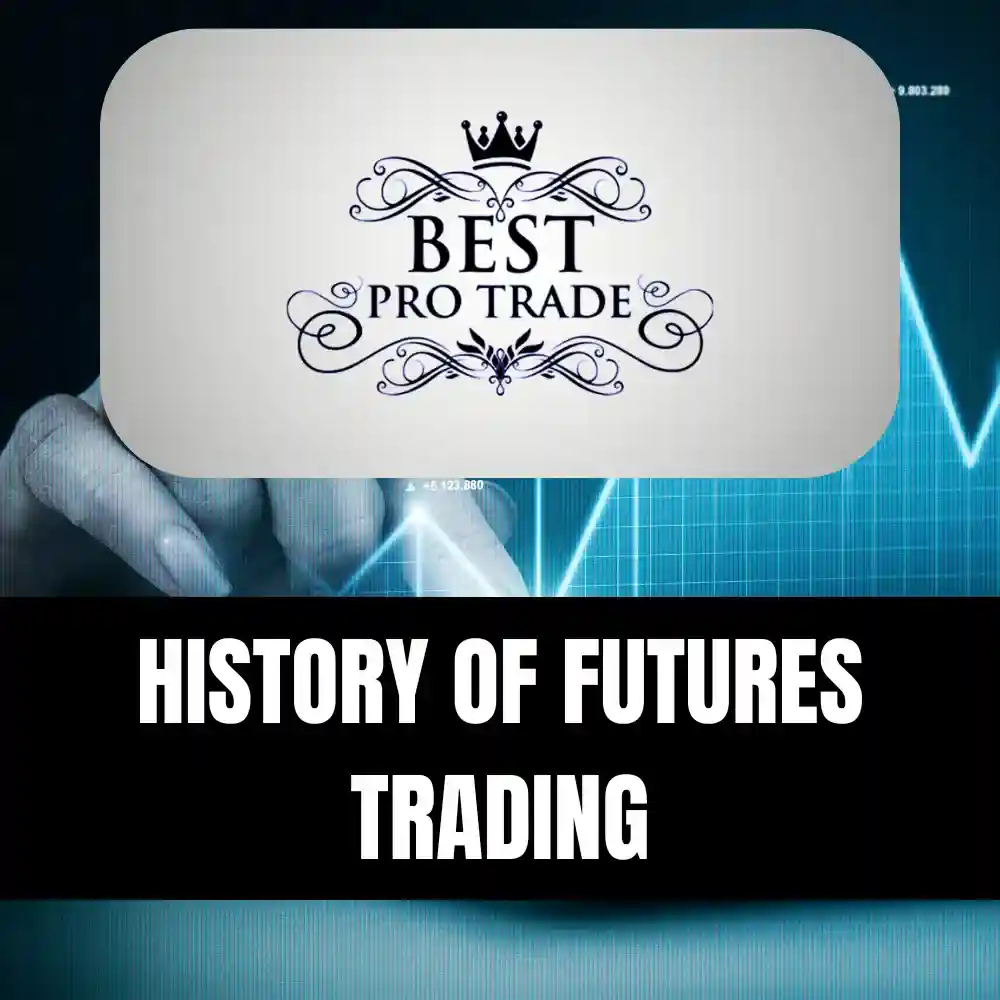With future trading becoming so much of a growing trend, we can’t help but wonder how it all started. Where did it originate from? How successful was it in some parts of the world? When was it officially established? Here is an introduction to the history of futures trading and how it became what it is today.
First Futures Trading Establishment:
Which Kicked Off First, Stock Or Best Autotrader System Futures
It is important to know that traces of stock trading had been in existence since the 12th century, most centralized in France. It played a very important role in the colonization dream of the Europeans in what was called the ‘’New World’’ in the 16th century. While stock trading has been in existence for many years, the first significant opening that led to the establishment of what future trading is today can be dated as far back as the 17th century. Just like stock trading, futures trading was also first associated with agricultural commodities. It began with the exchange of rice in Japan, which was the Dojima Rice exchange. It was set up solely for trading rice. While some experts say England orchestrated a trading community since the 16th century, there was no official establishment until a few decades later. Europe established a trading exchange community called the Metals and Market Exchange later in 1877.
The US started making headway in the past and trading with the establishment of the CBOT [Chicago Board of Trade]. It was the most recognized official pathway into modern futures trading. This happened after the telegraph and the railway arose that connected agriculture between New York and other eastern US states. The first trading in the US was an agricultural commodity that included corn, wheat, and soybean, three of which make up the top contributors to trading businesses at CBOT. The US subsequently became one of the biggest markets to begin trading futures in the history of the stock market.
The second-largest market to evolve the trading industry was the cotton market in the 185os. It gained solid ground two decades later in New York and became what we know today as the NYCE [New York Cotton Exchange] and spread gradually to other parts of the states. As the future market contract began to grow, more commodities were introduced like cocoa and sugar. The introduction of livestock into the future trading system came about after the massive production of cattle was recorded year after year.

Rise of Modern Futures Trading
The 19th century witnessed a significant shift with the establishment of formal futures markets in the United States. Commodity trading gained prominence, allowing participants to hedge against price fluctuations and manage risk effectively.
Technological Advancements
The advent of technology, particularly during the 20th century, revolutionized futures trading. Electronic platforms and computerized systems replaced traditional open outcry trading, enabling faster execution and global connectivity.
Diversification and Innovation
Over time, futures trading expanded beyond commodities to encompass various asset classes such as currencies, stocks, and indices. Financial derivatives emerged, offering traders a diverse array of instruments to speculate on future price movements.
Regulatory Framework
As futures markets grew in complexity and scale, regulatory bodies like the Commodity Futures Trading Commission (CFTC) in the United States were established to ensure transparency, integrity, and fair practices within the industry.
Global Impact and Integration
The globalization of financial markets further propelled the growth of futures trading. Today, exchanges worldwide facilitate the trading of futures contracts, fostering international investment opportunities and economic interconnectedness.
Key Players and Market Dynamics
Institutions, hedge funds, and individual investors actively participate in futures trading, influencing market dynamics and price discovery. Liquidity, volatility, and macroeconomic factors continuously shape the landscape, presenting both challenges and opportunities.
Future Outlook
Looking ahead, futures trading is poised for continued evolution. Advancements in artificial intelligence, blockchain technology, and algorithmic trading are reshaping strategies and market infrastructure, paving the way for a new era of efficiency and innovation.
Future Trading In Modern Times
Modernization of trading gradually started to take form in the 20th century as a large expansion was noticed in the trading sector. Many other countries have begun to invest in future trading in different forms. During this period, the Chicago Mercantile Exchange introduced foreign currency exchange into the futures trading system.
Next came the NYMEX [New York Mercantile Exchange], which introduced the use of other financial forms like treasury bills and bonds into the trading market.
Eventually, the future of stock market trading became centralized and made up a large part of what it has become today.
The commodities exchange added resources and materials to the futures trading industry. Some of which included gold, copper, platinum, and silver.
As the future trading market experienced rapid growth and expansion towards the 21st century, future contracts were created and introduced based on the Dow Jones S&P 5oo stock index. Although the trading industry has now become a global financial market, the US dominates the market with the most exchanges. This could be said to be a result of their massive contributions to the establishment of the modern futures trading industry. We could also say it is because they have maintained a strong trading base on two of the massively traded markets; the financial bond market and the commodity wheat market.
Conclusion
One thing however remains sure: the stock market is ever-growing and ever-changing, meaning there will be shifts, rises, and falls in the demand in trading markets. While the US has a high probability of maintaining itself at the top of the futures trading industry, a possible change in trend caused by further modernization of the futures trading industry could shift the balance.
To learn more about the Autotrader software to check out our YouTube channel: AutomatedTrading

